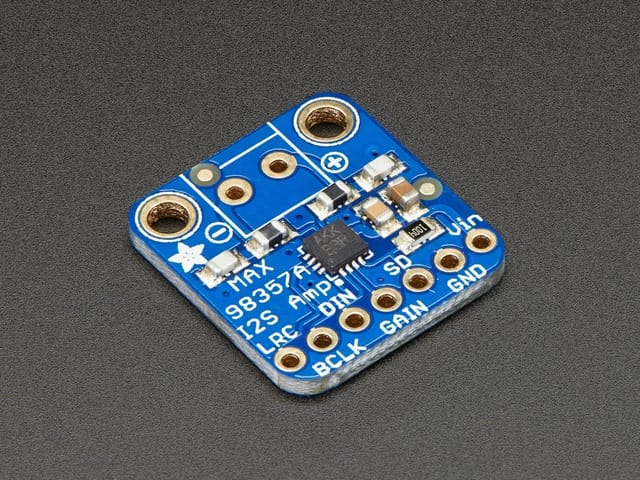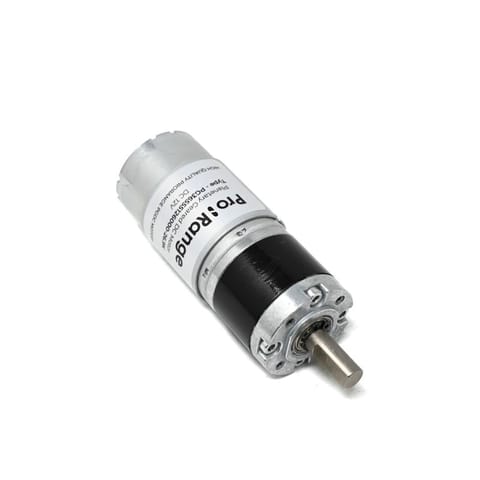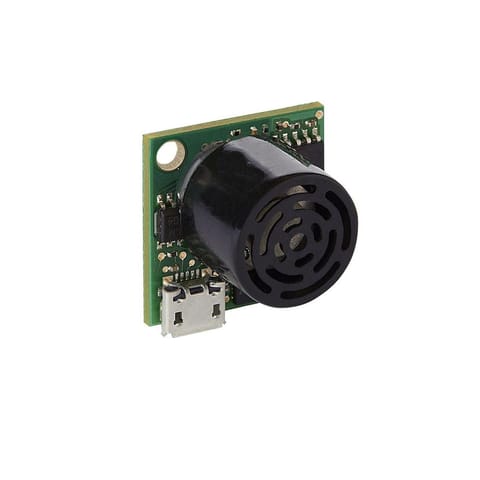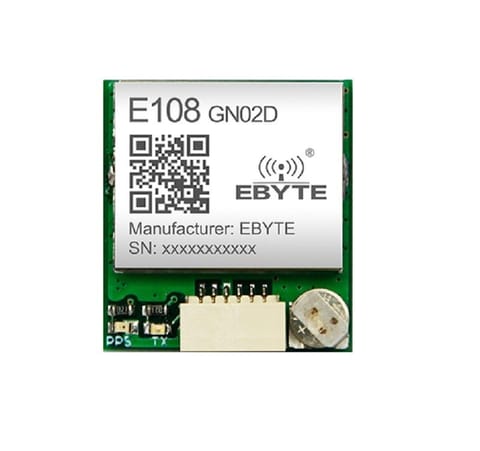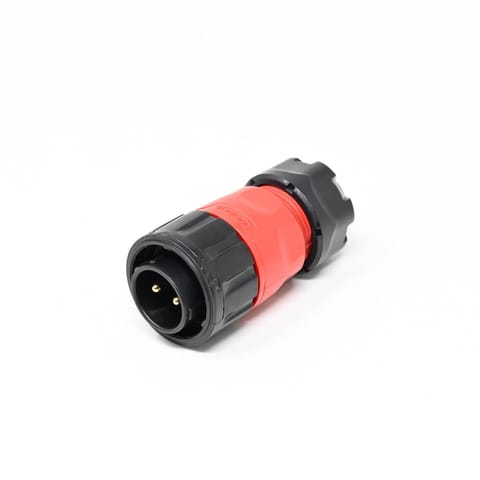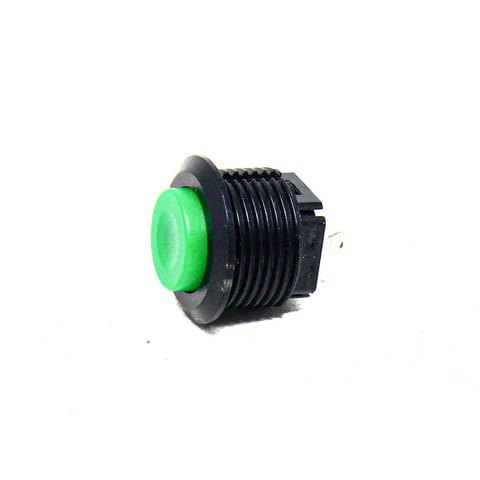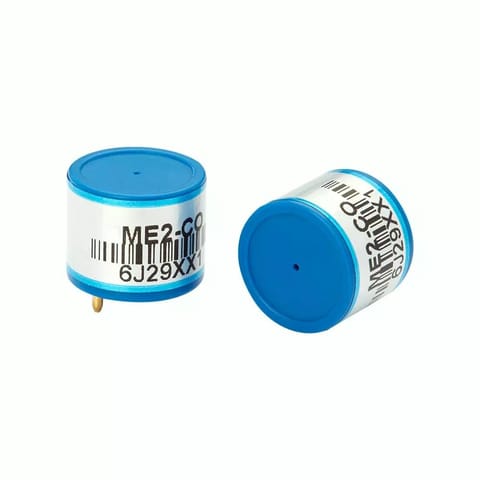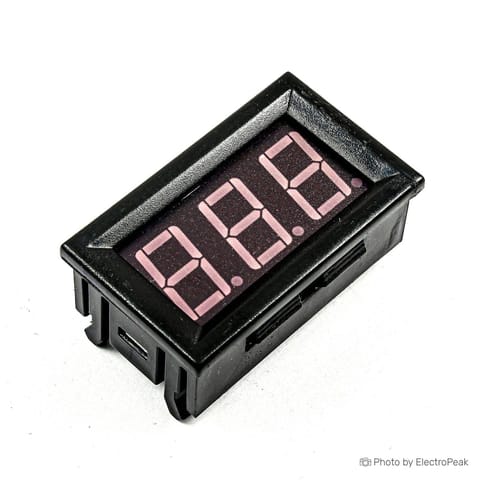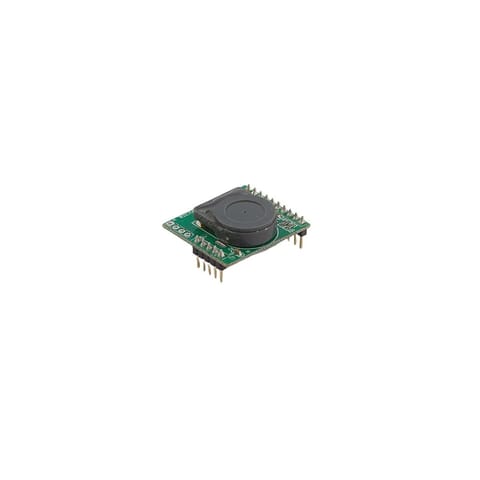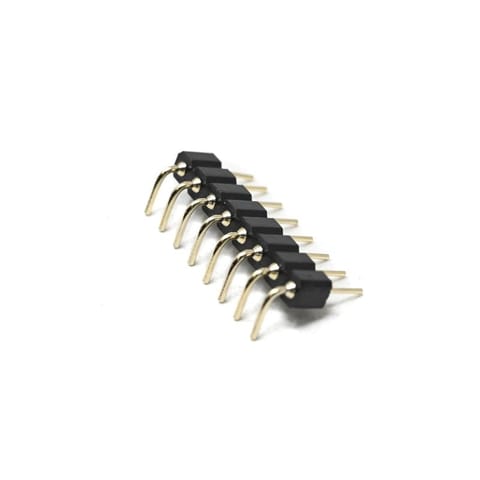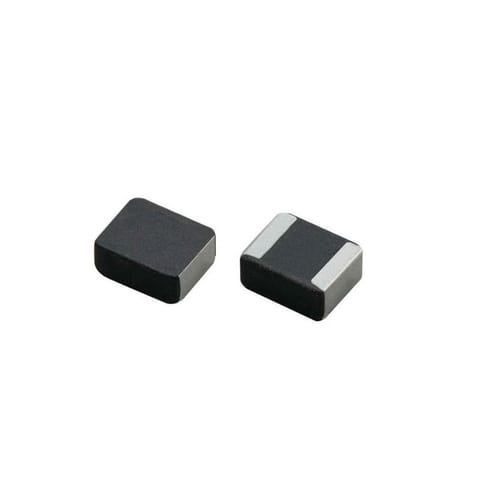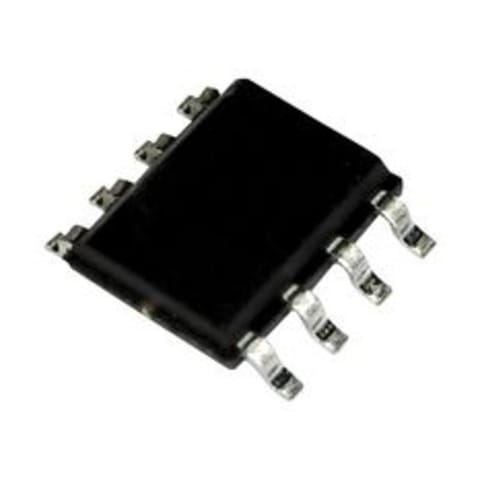-
TRANSDUCERS
- TRANSDUCERS
-
BASIC COMPONENTS DK
- BASIC COMPONENTS DK
-
MARKETPLACE
- MARKETPLACE
-
DEVELOPMENT BOARDS & KITS
- DEVELOPMENT BOARDS & KITS
-
CABLE ASSEMBLIES
- CABLE ASSEMBLIES
-
RF AND WIRELESS
- RF AND WIRELESS
-
BOXES ENCLOSURES RACKS
- BOXES ENCLOSURES RACKS
-
AUDIO PRODUCTS
- AUDIO PRODUCTS
-
ARTILA
- ARTILA
-
FANS-BLOWERS-THERMAL MANAGEMENT
- FANS-BLOWERS-THERMAL MANAGEMENT
-
WIRELESS MODULES
- WIRELESS MODULES
-
TERMINALS
- TERMINALS
-
Cables/Wires
- Cables/Wires
-
SINGLE BOARD COMPUTER
- SINGLE BOARD COMPUTER
-
BREAKOUT BOARDS
- BREAKOUT BOARDS
-
LED
- LED
-
TEST AND MEASUREMENT
- TEST AND MEASUREMENT
-
POTENTIONMETERS AND VARIABLE RESISTORS
- POTENTIONMETERS AND VARIABLE RESISTORS
-
DEVELOPMENT BOARDS AND IC's
- DEVELOPMENT BOARDS AND IC's
-
EMBEDDED COMPUTERS
- EMBEDDED COMPUTERS
-
OPTOELECTRONICS
- OPTOELECTRONICS
-
INDUSTRAL AUTOMATION AND CONTROL
- INDUSTRAL AUTOMATION AND CONTROL
-
COMPUTER EQUIPMENT
- COMPUTER EQUIPMENT
-
CONNECTORS & INTERCONNECTS
- CONNECTORS & INTERCONNECTS
-
MAKER/DIY EDUCATIONAL
- MAKER/DIY EDUCATIONAL
-
TOOLS
- TOOLS
-
MOTORS/ACTUATORS/SOLEENOIDS/DRIVERS
- MOTORS/ACTUATORS/SOLEENOIDS/DRIVERS
-
FPGA HARDWARE
- FPGA HARDWARE
-
POWER SUPPLIES
- POWER SUPPLIES
-
ROBOTICS & AUTOMATION
- ROBOTICS & AUTOMATION
This is a Adafruit MAX98357A I2S 3W Class D Amplifier Breakout Board.
Listen to this good news – we now have an all-in-one digital audio amp breakout board that works incredibly well with the Raspberry Pi! If you’re looking for an easy and low-cost way to get your digital sound files bumpin’ then the MAX98357 I2S Amp Breakout is for you. It takes standard I2S digital audio input and, not only decodes it into analog but also amplifies it directly into a speaker. Perfect for adding compact amplified sound, it takes 2 breakouts (I2S DAC + Amp) and combines them into one.
I2S (not to be confused with I2C) is a digital sound protocol that is used on circuit boards to pass audio data around. Many high-end chips and processors manage all of the audio in digital I2S format. Then, to input or output data, three or four pins are used (data in, data out, bit clock, and left-right channel select). Usually, for audio devices, there’s a DAC chip that will take I2S in and convert it to analog that can drive a headphone.
This small mono amplifier is surprisingly powerful – able to deliver 3.2 Watts of power into a 4-ohm impedance speaker (5V power @ 10% THD). Inside the miniature chip is a class D controller, able to run from 2.7V-5.5VDC. Since the amp is a class D, it’s incredibly efficient – making it perfect for portable and battery-powered projects. It has built-in thermal and over-current protection but we could barely tell it got hot.
The audio input is I2S standard, you can use 3.3V or 5V logic data. The outputs are “Bridge Tied” – which means they connect directly to the outputs, no connection to the ground. The output is a ~300KHz square wave PWM that is then ‘averaged out’ by the speaker coil – the high frequencies are not heard. All the above means that you can’t connect the output to another amplifier, it should drive the speakers directly.
There’s a Gain pin that can be manipulated to change the gain. By default, the amp will give you 9dB of gain. By connecting a pullup or pull-down resistor, or wiring directly, the Gain pin can be set up to give 3dB, 6dB, 9dB, 12dB, or 15dB.
The ShutDown/Mode pin can be used to put the chip in shutdown or set up which I2S audio channel is piped to the speaker. By default, the amp will output (L+R)/2 stereo mix into mono out. By adding a resistor, you can change it to be just left or just right output
Works great with Raspberry Pi, Arduino Zero, and any other microcontroller or microcomputer with I2S audio outputs
Features:
- Output Power: 3.2W at 4Ω, 10% THD, 1.8W at 8Ω, 10% THD, with 5V supply
- PSRR: 77 dB typ @ 1KHz
- I2S sample rates from 8kHz to 96kHz
- No MCLK required
- Click + Pop reduction
- Five pin-selectable gains: 3dB, 6dB, 9dB, 12dB, 15dB
- Excellent click-and-pop suppression
- Thermal shutdown protection
- Dimensions (L x W x H) mm: 19.4 x 17.8 x 3.0
- Product Weight: 1.2g
Useful Links:
- User Manual for Adafruit MAX98357A I2S 3W Class D Amplifier Breakout Board
- GitHub with EagleCAD PCB Files
- Fritzing object in the Adafruit Fritzing library
Package Includes:
1 x Adafruit MAX98357A I2S 3W Class D Amplifier Breakout Board
- Home
- MARKETPLACE
- Adafruit MAX98357A I2S 3W Class D Amplifier Breakout Board
Adafruit MAX98357A I2S 3W Class D Amplifier Breakout Board
SIZE GUIDE
- Shipping in 10-12 Working Days
Description of product
This is a Adafruit MAX98357A I2S 3W Class D Amplifier Breakout Board.
Listen to this good news – we now have an all-in-one digital audio amp breakout board that works incredibly well with the Raspberry Pi! If you’re looking for an easy and low-cost way to get your digital sound files bumpin’ then the MAX98357 I2S Amp Breakout is for you. It takes standard I2S digital audio input and, not only decodes it into analog but also amplifies it directly into a speaker. Perfect for adding compact amplified sound, it takes 2 breakouts (I2S DAC + Amp) and combines them into one.
I2S (not to be confused with I2C) is a digital sound protocol that is used on circuit boards to pass audio data around. Many high-end chips and processors manage all of the audio in digital I2S format. Then, to input or output data, three or four pins are used (data in, data out, bit clock, and left-right channel select). Usually, for audio devices, there’s a DAC chip that will take I2S in and convert it to analog that can drive a headphone.
This small mono amplifier is surprisingly powerful – able to deliver 3.2 Watts of power into a 4-ohm impedance speaker (5V power @ 10% THD). Inside the miniature chip is a class D controller, able to run from 2.7V-5.5VDC. Since the amp is a class D, it’s incredibly efficient – making it perfect for portable and battery-powered projects. It has built-in thermal and over-current protection but we could barely tell it got hot.
The audio input is I2S standard, you can use 3.3V or 5V logic data. The outputs are “Bridge Tied” – which means they connect directly to the outputs, no connection to the ground. The output is a ~300KHz square wave PWM that is then ‘averaged out’ by the speaker coil – the high frequencies are not heard. All the above means that you can’t connect the output to another amplifier, it should drive the speakers directly.
There’s a Gain pin that can be manipulated to change the gain. By default, the amp will give you 9dB of gain. By connecting a pullup or pull-down resistor, or wiring directly, the Gain pin can be set up to give 3dB, 6dB, 9dB, 12dB, or 15dB.
The ShutDown/Mode pin can be used to put the chip in shutdown or set up which I2S audio channel is piped to the speaker. By default, the amp will output (L+R)/2 stereo mix into mono out. By adding a resistor, you can change it to be just left or just right output
Works great with Raspberry Pi, Arduino Zero, and any other microcontroller or microcomputer with I2S audio outputs
Features:
- Output Power: 3.2W at 4Ω, 10% THD, 1.8W at 8Ω, 10% THD, with 5V supply
- PSRR: 77 dB typ @ 1KHz
- I2S sample rates from 8kHz to 96kHz
- No MCLK required
- Click + Pop reduction
- Five pin-selectable gains: 3dB, 6dB, 9dB, 12dB, 15dB
- Excellent click-and-pop suppression
- Thermal shutdown protection
- Dimensions (L x W x H) mm: 19.4 x 17.8 x 3.0
- Product Weight: 1.2g
Useful Links:
- User Manual for Adafruit MAX98357A I2S 3W Class D Amplifier Breakout Board
- GitHub with EagleCAD PCB Files
- Fritzing object in the Adafruit Fritzing library
Package Includes:
1 x Adafruit MAX98357A I2S 3W Class D Amplifier Breakout Board
Related products
NEWSLETTER
Subscribe to get Email Updates!
Thanks for subscribe.
Your response has been recorded.
INFORMATION
ACCOUNT
ADDRESS
Tenet Technetronics# 2514/U, 7th 'A' Main Road, Opp. to BBMP Swimming Pool, Hampinagar, Vijayanagar 2nd Stage.
Bangalore
Karnataka - 560104
IN
Tenet Technetronics focuses on “Simplifying Technology for Life” and has been striving to deliver the same from the day of its inception since 2007. Founded by young set of graduates with guidance from ardent professionals and academicians the company focuses on delivering high quality products to its customers at the right cost considering the support and lifelong engagement with customers. “We don’t believe in a sell and forget model “and concentrate and building relationships with customers that accelerates, enhances as well as provides excellence in their next exciting project.


